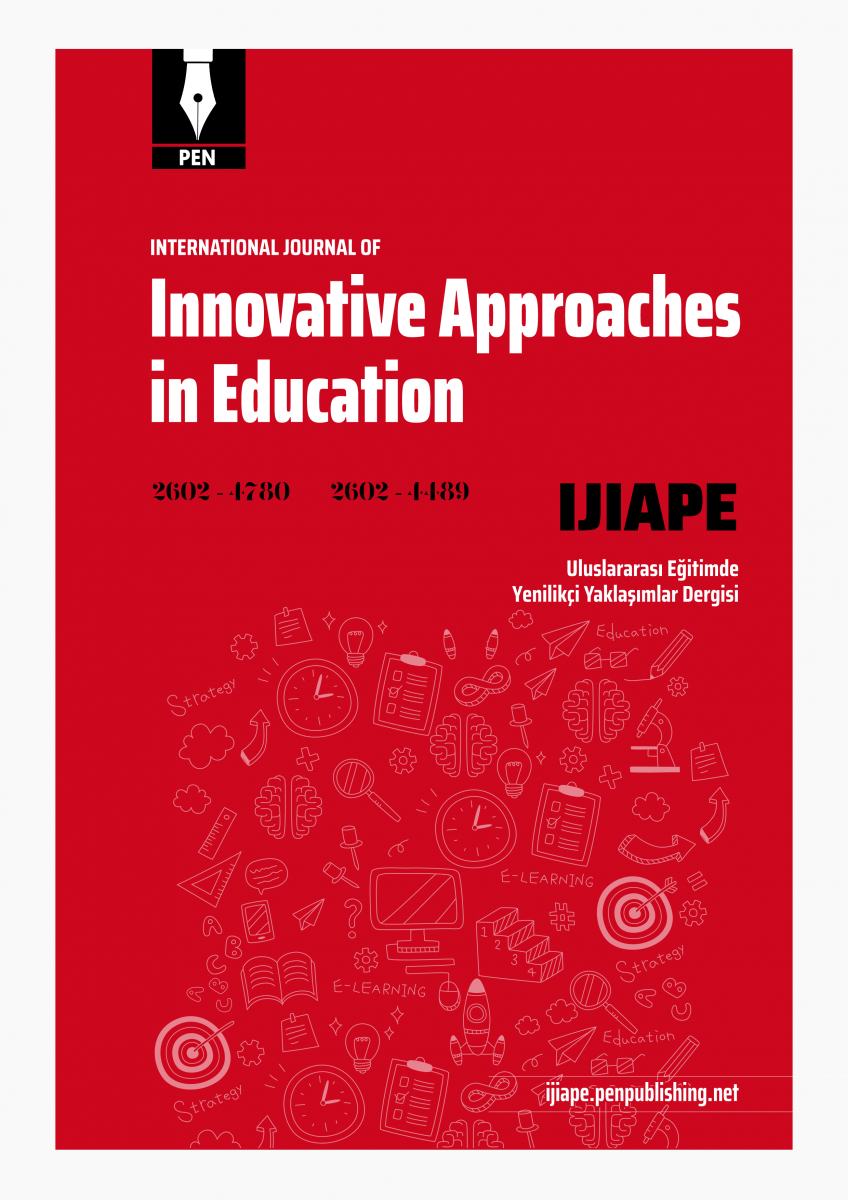- Ayvaci, H. Ş., & Yurt Tarakci, Ö. (2016). Çocuk ve bilim eğitimi. Çocuk ve Medeniyet, 1(1), 15-28. [Google Scholar]
- Balci, A. (2009). Sosyal Bilimlerde Araştırma Yöntem, Teknik ve İlkeler (7. Baskı). Ankara: Pagem Akademi [Google Scholar]
- Basay, A. C., & Aytar, F. A. G. (2019). 3-9 Yaş arası çocukların resimlerinin değerlendirildiği çalışmaların İncelenmesi. Asya Öğretim Dergisi, 7(2), 38-59. [Google Scholar]
- Chambers, D.W. (1983), Stereotypic images of the scientist: The draw-a-scientist test. Sci. Ed., 67, 255-265. DOI: https://doi.org/10.1002/sce.3730670213. [Google Scholar] [Crossref]
- Demir, M., & Poyraz Rustemoglu, H. (2022). Okul Öncesi Dönem Çocuklarının Bilim İnsanı İmajlarının İncelenmesi. Ahi Evran Üniversitesi Sosyal Bilimler Enstitüsü Dergisi, 8(2), 442-460. https://doi.org/10.31592/aeusbed.1096143. [Google Scholar] [Crossref]
- Driver, R., Leach, J., Millar, R. & Scott, P. (1996). Young people’s images of science. Buckingham: Open University Press. [Google Scholar]
- Duran, E., & Bayar, A. (2019). İlkokul Öğrencilerinin Bilim ve Bilim İnsanına İlişkin Algıları. Social Sciences Research Journal, 8(4), 14-29. [Google Scholar]
- Esen, S., Turkyılmaz, S. & Kucukaydın, M.A. (2022). Dijital öyküleme yöntemiyle hazırlanan bilim insanı biyografilerinin ilkokul öğrencilerinin bilim insanı imajına etkisi. Pamukkale Üniversitesi Eğitim Fakültesi Dergisi, 55, 155-179.DOİ: 10.9779.pauefd.1003461. [Google Scholar]
- Farland-Smith, D. (2017). The Evolution of the Analysis of the Draw-a-Scientist Test. In: P. Katz, (eds) Drawing for Science Education. Rotterdam: Sense Publishers. [Google Scholar]
- Farland- Smith, D., Finson, K., Boone, W. J. & Yale, M. (2012). An Investigation of Media Influences on Elementary Students Representations of Scientists. Journal of Science Teacher Education, 25(3), 355-366, DOI: 10.1007/s10972-012-9322-z. [Google Scholar]
- Finson, K. D., Beaver, J. B., & Cramond, B. L. (1995). Development of a field test of a checklist for the draw-a-scientist test. School Science and Mathematics, 95(4), 195–205. [Google Scholar]
- Flick, L. B. & Lederman, N. G. (2006). Introduction. In, L. B. Flick & N. G. Lederman (Eds.), Scientific Inquiry and Nature of Science Implications for Teaching, Learning, and Teacher Education (pp. X- XVIII). Netherlands: Springer. [Google Scholar]
- Kaya, V. H., Afacan, Ö., Polat, D., & Urtekin, A. (2013). İlköğretim Öğrencilerinin Bilim İnsanı ve Bilimsel Bilgi Hakkındaki Görüşleri (Kırşehir İli Örneği). Journal of Kirsehir Education Faculty, 14(1),305-325. [Google Scholar]
- Kilic, S. (2015). Kappa test. Psychiatry and Behavioral Sciences, 5(3), 142. [Google Scholar]
- McComas, W.F., Clough, M. P., & Almazroa, H. (2002). The Role And Character of The Nature of Science in Science Education. In William F. McComas (Eds.), The nature of science in science education: Rationales and strategies (pp. 3- 39). Kluwer Academic Publisher. [Google Scholar]
- Nacaroglu, O. & Arslan, M. (2020). Özel yetenekli öğrencilerin bilim insanı imajlarının ve bilim insanının özelliklerine yönelik görüşlerinin incelenmesi. Cumhuriyet Uluslararası Eğitim Dergisi, 9(2), 332-348. [Google Scholar]
- Nuhoglu, H. & Afacan, Ö. (2007). İlköğretim Öğrencilerinin Bilim İnsanına Yönelik Düşüncelerinin Değerlendirilmesi. 16. Ulusal Eğitim Bilimleri Kongresi, 05-07 Eylül 2007, Tokat. [Google Scholar]
- Ozdemir, E. (2022). Ortaokul öğrencilerinin bilim insanı imajlarına dair düşüncelerinin analizi. EDUCATIONE, 1(1), 69-104. [Google Scholar]
- Ruiz- Mallén, I. & Escalas, M. T. (2012). Scientists Seen by Children: A Case Study in Catalonia, Spain. Science Communication, 34(4), 520–545. [Google Scholar]
- Tan, M. & Temiz, B.K. (2003). Fen öğretiminde bilimsel süreç becerilerinin yeri ve önemi. Pamukkale Üniversitesi Eğitim Fakültesi Dergisi, 13(13), 89-101. [Google Scholar]
- Republic of Turkey Ministery of National Education. (2018). Fen Bilimleri Dersi Ogretim Programi (İlkokul ve Ortaokul 3, 4, 5, 6, 7 ve 8. Sınıflar). Ankara: T.C. Milli Eğitim Bakanlığı. Available in: https://mufredat.meb.gov.tr/Dosyalar/201812312311937-FEN%20B%C4%B0L%C4%B0MLER%C4%B0%20%C3%96%C4%9ERET%C4%B0M%20PROGRAMI2018.pdf. [Google Scholar]
- Yazici, S., Koca, N. & Koca, S. (2021). Özel Yetenekli İlkokul Öğrencilerinin Bilim İnsanı Niteliklerine İlişkin Görüş ve Algılarının İncelenmesi. Mehmet Akif Ersoy Üniversitesi Eğitim Fakültesi Dergisi, 59, 390-414. [Google Scholar]
- Yontar Togrol, A. (2000). Öğrencilerin Bilim İnsanı ile İlgili İmgeleri. Eğitim ve Bilim, 25(118), 49- 56. Available in: http://213.14.10.181/index.php/EB/article/view/5302. [Google Scholar]
|

